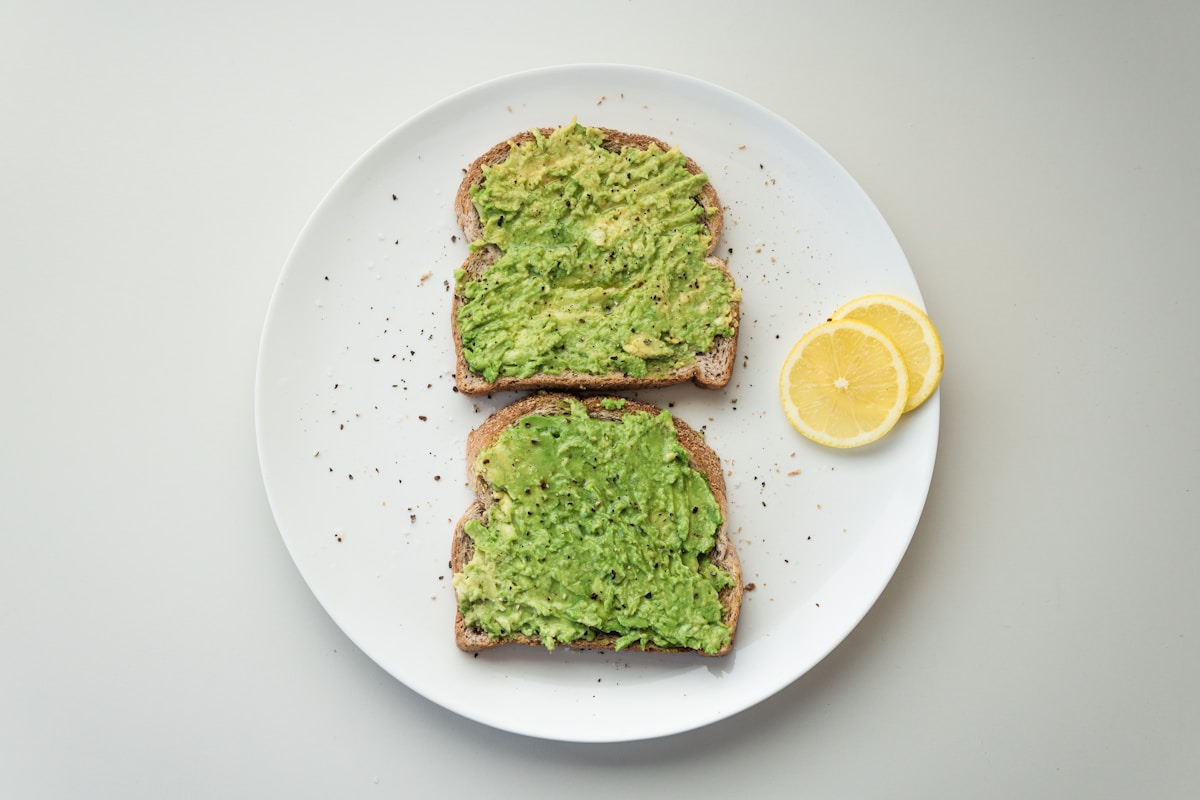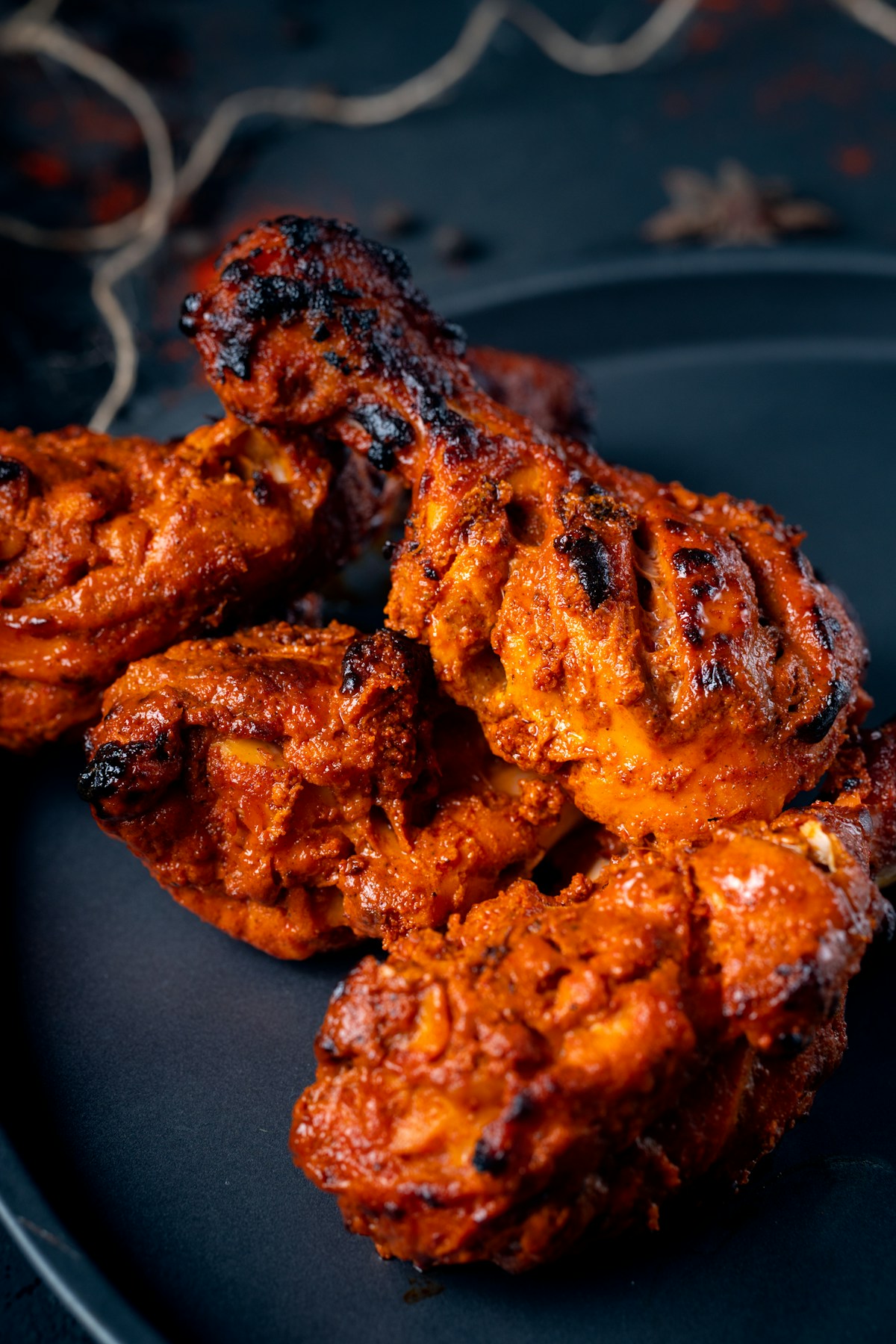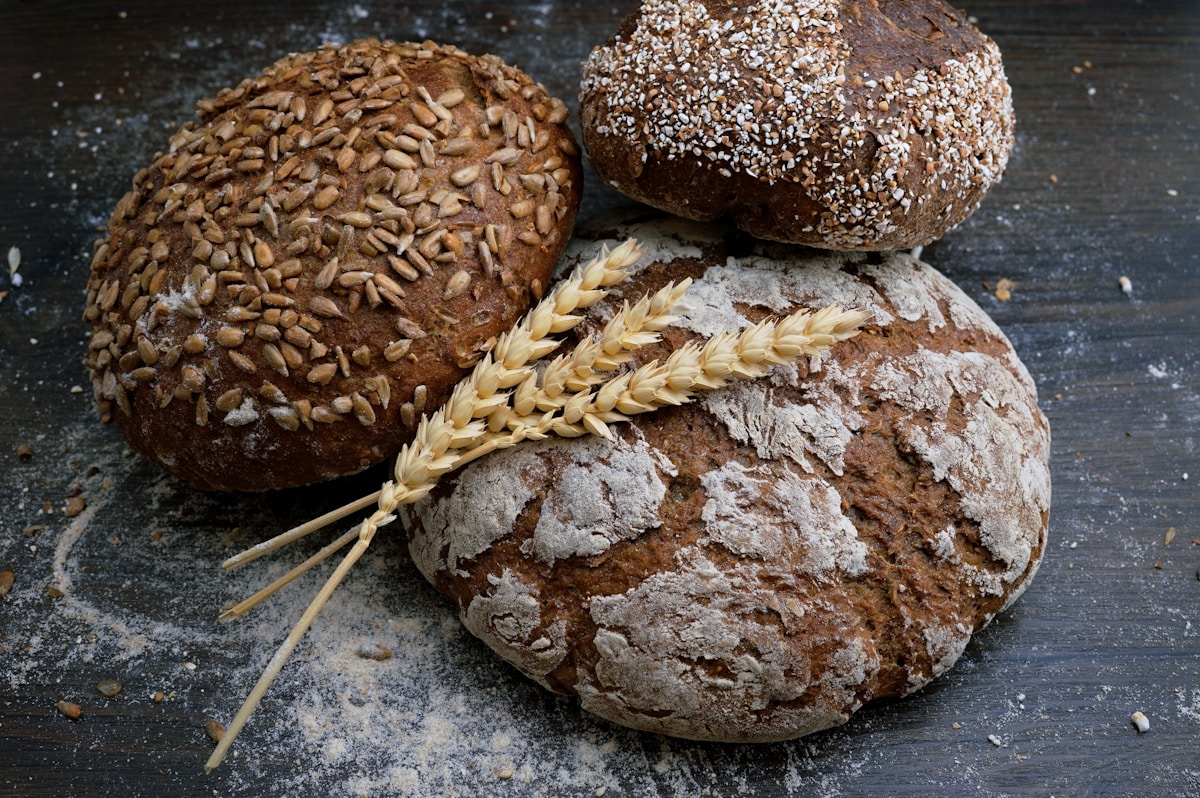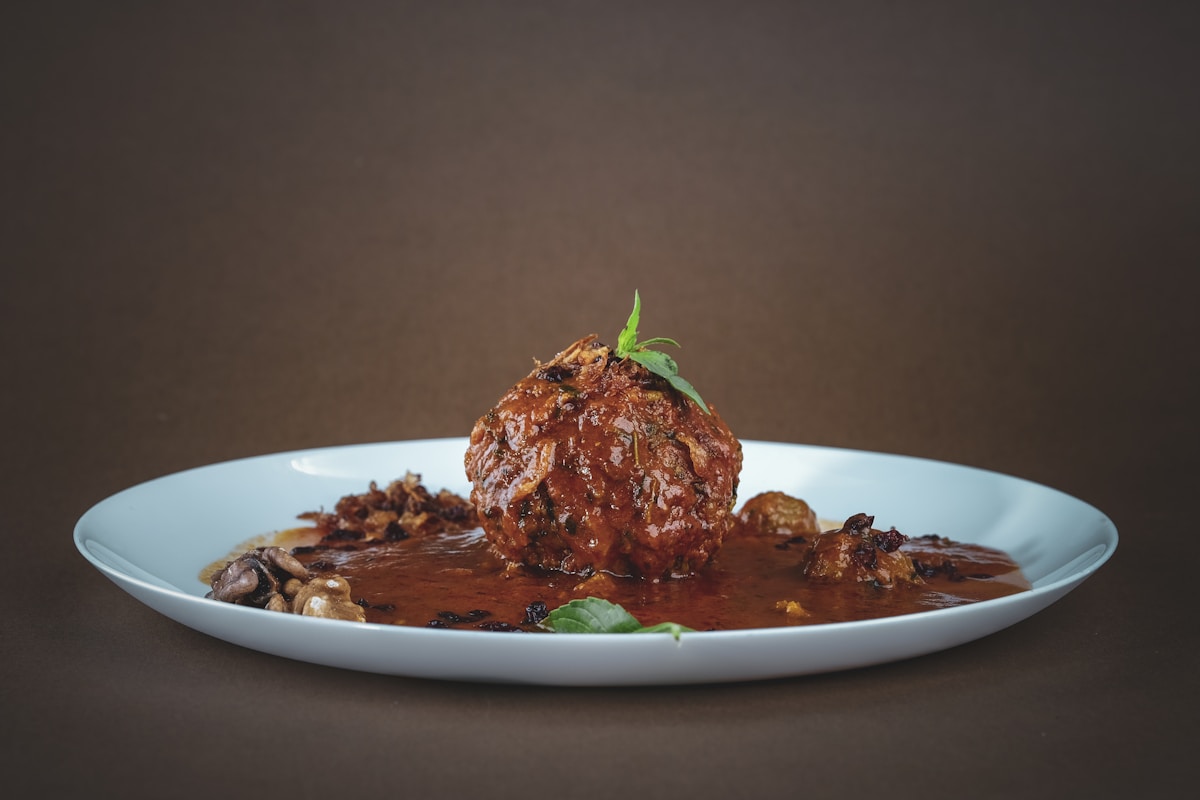Why Bánh Mì Matters
I'm Vietnamese-Australian, and bánh mì is the food that represents us perfectly - Vietnamese ingredients, French colonial influence, completely transformed into something uniquely our own. It's fusion before fusion was trendy.
Growing up, bánh mì was what my mother packed for school lunch when I begged her not to pack rice. It was cheap, fast, delicious, and embarrassing (in that way all ethnic food is embarrassing to immigrant kids). Now bánh mì is everywhere - hipster cafes charging $15, celebrity chefs calling it 'the perfect sandwich,' food trucks at festivals.
But not all bánh mì is created equal. Let me show you the difference between tourist bánh mì and the real thing.
What Makes Perfect Bánh Mì: The Technical Standards
The Bread (Everything Starts Here)
Vietnamese baguette is not French baguette. It's lighter, airier, crispier, because we use rice flour mixed with wheat flour.
Perfect Vietnamese baguette:
- Exterior: Crispy, shatters slightly when you bite, but doesn't cut your mouth
- Interior: Light, airy, almost hollow, not dense
- Freshness: Baked that day, ideally that morning
- Size: 6-8 inches, not too big (you should finish it)
- Sound: Should crackle slightly when you hold it
Red flags:
- Dense, heavy bread (wrong flour ratio)
- Soft crust (not fresh or wrong baking)
- Too thick (French baguette, not Vietnamese)
- Soggy (sat too long or too much sauce)
Personal standard: If the bread isn't fresh, the entire bánh mì fails. No amount of good filling saves bad bread.
The Fillings (Traditional Combinations)
Essential Base Components
Every proper bánh mì should have:
- Pâté: Thin layer, French influence, adds richness
- Mayonnaise: Light spread, not glopping
- Pickled vegetables (đồ chua): Carrot and daikon, sweet and tangy
- Cucumber: Fresh, adds crunch
- Coriander: Fresh, generous amount
- Chili: Fresh or pickled, heat level varies
- Maggi seasoning or soy sauce: The secret umami
Protein Options (Traditional)
1. Bánh Mì Thit (Pork Roll)
- Vietnamese cold cuts (chả lụa - pork sausage)
- Headcheese (giò thủ)
- Occasionally ham
- This is the classic, the original
2. Bánh Mì Xíu Mại (Meatball)
- Vietnamese meatballs in tomato sauce
- Served hot
- Messier but delicious
3. Bánh Mì Gà (Chicken)
- Usually shredded chicken
- Sometimes grilled chicken
- Lighter option
4. Bánh Mì Chay (Vegetarian)
- Tofu
- Mock meats
- Extra vegetables
- Buddhist-influenced
5. Bánh Mì Trứng (Egg)
- Fried egg or Vietnamese omelette
- Breakfast option
- Sometimes with pork floss
Modern Sydney Variations
Second-generation Vietnamese-Australians have created:
- Lemongrass chicken bánh mì
- Crispy pork belly bánh mì
- Vietnamese fried chicken bánh mì
- Tofu bánh mì with modern vegan options
My take: Innovation is fine if it respects the fundamentals - bread must be right, pickles must be there, balance must exist.
Best Bánh Mì in Sydney: The Definitive List
Cabramatta: Bánh Mì Capital
1. Nhu Lan Bakery (John Street)
The verdict: The most famous, and deservedly so.
Why it's legendary:
- They bake fresh baguettes every 30 minutes
- Bread is consistently perfect - crispy, light, fresh
- Classic fillings done properly
- $6-7 for a perfect bánh mì
- Always a queue (good sign)
What to order: Bánh mì thịt (pork roll) - $6.50. The classic.
Timing strategy: Go when you see them pulling fresh baguettes from the oven (usually every 30-60 minutes during busy times). The bread is still warm, crust crackles perfectly. This is bánh mì at its absolute best.
Personal memory: My grandmother used to send me here every Sunday morning. I'd buy 10 bánh mì for extended family lunch. The smell of fresh baguettes baking is permanently associated with Sunday mornings for me.
Cultural note: This is where Vietnamese people buy bánh mì. If you see a long queue of older Vietnamese ladies, you're in the right place.
2. Tan Thanh Bakery (John Street)
The verdict: Nhu Lan's main competitor, equally good.
What sets it apart:
- Slightly cheaper ($6)
- More generous with fillings
- Bread is excellent, slightly different texture
- Often shorter queue than Nhu Lan
What to order: Special bánh mì - $7. Everything in it.
Personal take: I go to Tan Thanh when Nhu Lan's queue is too long. The quality difference is minimal. Some locals swear one is better than the other - it's like arguing about phở places. Both are excellent.
Insider tip: They'll ask if you want chili. Say yes. It's pickled jalapeño, perfect heat level, not overwhelming.
3. Barcoo Bakehouse (Barcoo Street)
The verdict: Slightly off the main drag, locals' choice.
Why it's special:
- Less touristy
- More Vietnamese clientele
- Excellent value ($5.50-6)
- They make their own Vietnamese cold cuts
Personal take: This is where my parents go because they know the owners. The quality is just as good as the famous places, prices are slightly cheaper, and you can actually have a conversation with staff in Vietnamese.
Marrickville: Inner West Bánh Mì
1. Marrickville Pork Roll (Illawarra Road)
The verdict: Best bánh mì in the inner west.
What's good:
- Fresh bread baked multiple times daily
- Traditional fillings plus modern options
- $7-8 (slightly pricier than Cabramatta but still cheap)
- Perfect for inner-west residents avoiding the Cabramatta trek
What to order: Classic pork roll - $7
Personal take: This is my weekday bánh mì. I can't justify the trip to Cabramatta during lunch break, but Marrickville Pork Roll is 10 minutes away and the quality is excellent. The bread isn't quite Nhu Lan level, but it's 85% there.
Vibe: Mixed clientele - Vietnamese locals, inner-west hipsters, tradies. Everyone united by good bánh mì.
Read more: Complete Marrickville Vietnamese Guide
2. Eat Fuh (Illawarra Road)
The verdict: Modern take, higher prices, still good.
What's different:
- Sit-down cafe rather than takeaway bakery
- $12-14 for bánh mì (controversial pricing)
- Modern fillings (crispy pork belly, lemongrass chicken)
- Nice ambiance, Instagram-worthy presentation
What to order: Crispy pork belly bánh mì - $13
Personal take: This is bánh mì for non-Vietnamese audiences. Is it good? Yes. Is it worth double the price? Depends if you value ambiance. My parents think this is ridiculous. I occasionally eat here when I want to sit and have coffee with my bánh mì.
Bankstown: Underrated Bánh Mì
Saigon Pork Roll (Chapel Road)
The verdict: Excellent bánh mì, often overlooked.
Why it's good:
- Strong Vietnamese community support
- Very traditional approach
- Cheap ($6-6.50)
- Fresh bread throughout the day
Personal take: Bankstown's Vietnamese scene is smaller than Cabramatta but quality is just as good. If you're in the area, this is the place.
Sydney CBD: Lunchtime Options
1. Roll'd (Multiple Locations)
The verdict: Controversial. Commercialized, but accessible.
What to know:
- Vietnamese-Australian owned chain
- Consistent quality across locations
- $10-12 for bánh mì
- Not authentic, but not terrible
- Convenient for office workers
Personal take: Roll'd is to bánh mì what Grill'd is to burgers - commercialized, mainstream version of something that should be cheaper and simpler. It's not bad, it's just not what bánh mì should be. If you're stuck in the CBD and need Vietnamese food, it's fine. If you can get to Cabramatta or Marrickville, do that instead.
What they do well: Introducing bánh mì to non-Vietnamese Australians. Many people try Roll'd first, then discover real bánh mì later.
2. Thai Town (Sussex Street, Haymarket)
Actually has decent bánh mì:
- Several Vietnamese bakeries among the Thai businesses
- $7-8, reasonable for CBD
- Fresh bread, traditional fillings
- Better than Roll'd, cheaper too
Other Neighborhoods
Hurstville, Canley Heights, Fairfield: All have good Vietnamese bakeries. If you're in these areas, ask locals which bakery they prefer. Strong Vietnamese communities mean good bánh mì.
How to Order Bánh Mì Like a Local
The Standard Questions
1. 'What type?' or 'Which one?'
- Thịt (pork/cold cuts) - the classic
- Gà (chicken)
- Xíu mại (meatball)
- Chay (vegetarian)
- Special (everything)
2. 'Chili?'
- Yes = they add pickled or fresh chili
- No = mild version
- 'Little bit' = acceptable answer
3. 'Pâté?'
- Most people say yes (it's traditional)
- Some skip it (health reasons, taste preference)
- Not having pâté is acceptable, not sacrilege
Phrases That Help
If you want to try ordering in Vietnamese:
- 'Cho tôi một bánh mì thịt' = Give me one pork bánh mì
- 'Không cay' = No chili
- 'Thêm ớt' = Extra chili
- 'Cảm ơn' = Thank you
Reality check: All Vietnamese bakeries in Sydney speak English. Ordering in Vietnamese is appreciated but not necessary.
Timing Matters
Best times to buy bánh mì:
- 10-11 AM: Bread is fresh, not too busy yet
- Right after seeing fresh bread come out: Optimal experience
- Avoid 12-1 PM: Lunch rush, long queues, bread might run out
- Late afternoon (4-5 PM): Bread is older but still decent, shorter queues
Personal tip: In Cabramatta, I time my visits to catch fresh baguettes. I'll literally wait 10 minutes if I see they're about to pull a batch from the oven. Fresh bánh mì is transcendent. Two-hour-old bánh mì is just good.
How to Eat Bánh Mì Properly
The Vietnamese Way
- Eat it fresh: Bánh mì doesn't keep well. The bread gets soggy, the vegetables wilt. Eat within an hour of buying.
- Don't refrigerate: Kills the bread texture. If you must save it, leave it room temperature and eat same day.
- Eat with your hands: Not a knife-and-fork situation
- Expect mess: Pickles fall out, pâté gets on your face. That's part of it.
- Napkins are essential: They'll give you napkins. Use them.
Common Non-Vietnamese Mistakes
- Treating it like a sandwich: It's more delicate. You can't just bite into it like a burger.
- Removing ingredients: 'No coriander' or 'no pickles' means you're missing the point. Each ingredient balances the others.
- Expecting it to be neat: It's street food. It's messy. Accept it.
- Eating it hours later: Bread quality degrades quickly
Making Bánh Mì at Home
The Honest Assessment
Making bánh mì at home requires:
- Vietnamese baguettes (must buy from Vietnamese bakery)
- Pâté
- Good quality mayo
- Pickled vegetables (carrot and daikon)
- Vietnamese cold cuts
- Fresh herbs
- Maggi seasoning
What you can't replicate: The bread. Vietnamese bakeries bake multiple times daily. Your home-bought baguette will never be as fresh as bánh mì made when the bread is still warm from the oven.
When Home-Made Works
- You bought fresh Vietnamese baguettes that morning
- You're making for a group (easier to justify effort)
- You want to control ingredients (more vegetables, less pâté, etc.)
- You're teaching someone to make it (cultural education)
When to Just Buy It
- You want one or two bánh mì
- You're near a good Vietnamese bakery
- Honestly, most of the time
Cost reality: Buying ingredients to make bánh mì at home costs $15-20 and makes 4-5 sandwiches. Buying from Nhu Lan costs $6.50 each and is better. Unless you're feeding a family or doing it for fun, buying makes more sense.
The History and Cultural Context
Origins in Vietnam
Bánh mì emerged during French colonial rule (1880s-1954):
- French brought baguettes
- Vietnamese adapted with rice flour (cheaper, lighter)
- Added Vietnamese ingredients (pâté, cold cuts, pickles, herbs)
- Created something entirely new
By the time of independence, bánh mì was thoroughly Vietnamese, not French.
Bánh Mì in Refugee Experience
When Vietnamese refugees came to Sydney in the 1970s-80s:
- Bánh mì was cheap, familiar, comforting
- Easy to make and sell (low startup costs)
- Vietnamese bakeries became community anchors
- Bánh mì provided both income and cultural connection
My family's story: My uncle's first job in Australia was at a Vietnamese bakery in Cabramatta. He learned to make bánh mì, saved money, eventually opened his own small bakery. Bánh mì wasn't just food - it was economic survival.
Bánh Mì Going Mainstream
In the 2000s-2010s, bánh mì exploded:
- Non-Vietnamese Australians discovered it
- Food media coverage increased
- Fusion versions appeared
- Prices went up (controversial)
- Bánh mì became 'cool'
Mixed feelings: Vietnamese people are proud our food is appreciated, but frustrated when it gets gentrified beyond recognition and priced at $15.
Bánh Mì Etiquette and Cultural Sensitivity
What's Respectful
- Pronouncing it correctly: 'bun-me' or 'bahn-mee', not 'ban-mee' or 'ban-me'
- Acknowledging it's Vietnamese (not 'Asian sandwich')
- Trying the traditional version before requesting modifications
- Understanding the cultural and historical context
- Supporting Vietnamese-owned businesses
What's Annoying
- Calling it 'Vietnamese sub' (it's not a sub)
- Comparing it to other sandwiches dismissively
- Complaining about traditional ingredients (coriander, pâté)
- Acting like you 'discovered' bánh mì (Vietnamese people have been making it for 100+ years)
The Gentrification Conversation
Higher-end bánh mì spots charging $12-15 are controversial in the Vietnamese community:
Arguments for:
- Better ingredients, higher wages, nicer locations
- Introduces bánh mì to new audiences
- Often owned by second-generation Vietnamese-Australians
Arguments against:
- Prices out working-class Vietnamese community
- Changes the nature of bánh mì (street food, not gourmet)
- Sometimes the quality doesn't justify the price
My perspective: Both can coexist. Traditional $6 bánh mì serves the community and maintains accessibility. Modern $13 bánh mì reaches different audiences. The problem is when expensive versions push out the affordable ones through gentrification.
Rating Criteria: How I Judge Bánh Mì
My Scoring System (Out of 10)
- Bread quality: Freshness, texture, crust (4 points)
- Filling balance: Protein, vegetables, sauces in harmony (3 points)
- Pickle quality: Fresh, right balance sweet/tangy (1 point)
- Herb freshness: Coriander is fresh and generous (1 point)
- Value: Price matches quality (1 point)
By this system:
- Nhu Lan (Cabramatta): 10/10
- Tan Thanh (Cabramatta): 9.5/10
- Marrickville Pork Roll: 8.5/10
- Eat Fuh (Marrickville): 7/10 (quality is 8.5 but value drops it)
- Roll'd: 6/10
Final Verdict: Best Bánh Mì Sydney 2025
Overall Champion
Nhu Lan Bakery (Cabramatta) - The gold standard. If you want to understand what bánh mì should be, eat here when the bread is fresh from the oven.
Best Value
Tan Thanh (Cabramatta) or Barcoo Bakehouse (Cabramatta) - $6-6.50 for excellent bánh mì. Can't be beaten.
Best Inner West
Marrickville Pork Roll - Best bánh mì outside Cabramatta. Worth the trip if you're anywhere near Marrickville.
Best for First-Timers
Nhu Lan (Cabramatta) - Start with the best. Understand what great bánh mì tastes like, then everything else makes sense.
Most Convenient (CBD)
Thai Town Vietnamese bakeries - Better than the chains, reasonable prices.
Bánh mì is Vietnamese ingenuity in edible form - taking something colonial, transforming it with Vietnamese ingredients and technique, and creating something better than the original.
In Sydney, we're blessed with some of the best bánh mì outside Vietnam. The Vietnamese community has maintained quality while adapting to Australian life. Whether you pay $6 in Cabramatta or $13 in Marrickville, you're eating food that represents resilience, adaptation, and cultural pride.
Respect the bread. Appreciate the history. Support Vietnamese businesses. And for god's sake, go when the bread is fresh.
Related Articles:


























